The content of the article
How to grow peas in the open field? It seems to be easy. I poked the seeds into the ground in mid-May, then I collected all the pods at once and it was ready. Well, it is possible and so, if it is for animal feed. And for yourself, loved ones, is it really impossible to try a little bit? After all, then there is less trouble, the grains are sweeter, and the harvest is greater. And all we need is a little bit to change the usual rhythm of planting peas, and read the recommendations.
When to plant peas
It is a mistake to assume that planting peas is necessary only in the middle or at the end of May. No, of course, no one forbids doing this. But, if you want to get the first harvest as early as possible, then safely sow the peas at a soil temperature of + 2 ° C. At the same time, landings can withstand short-term frosts right up to -7 ° C!
In the middle lane is the middle or end of April. And with the current climate change, you can try planting in early April. In the end, what prevents to cover the garden bed with non-woven fabric during a cold snap?
But just at this time there is still a lot of moisture in the soil, and he likes to drink peas at any age.
In order to get a stable harvest of beans throughout the season, it is recommended not to plant the entire prepared area at once. Sow one bed every 2 weeks, starting in April and ending in mid-July. So you will surely be provided for the whole period with juicy sweet peas.
Council To obtain peas for grain (for long-term storage), it is desirable to sow it all at once all at once. So you do not have to collect a few pods per day.
Do I need to soak peas before planting
In addition, if you were late in planting, and the spring winds had time to dry the soil, then the soaked peas can simply dry out before they could ascend.
But, if you choose an early planting in a damp ground, you can soak the peas in the solution of the biostimulator. Or just in clear water. Usually 10 hours is more than enough to swell the seeds well. Just do not forget during this time 2 times to change the solution or water, so that the fermentation process did not have time to start.
Council In the water for soaking, you can put a piece of aloe leaf. This is a very good biostimulator. It activates the seed’s own vitality.
Where to plant peas
Remember how our parents or grandmothers did. They simply poked peas along the paths or along the edges of the beds. That landing grew, as necessary. But we need high quality! Therefore, bother to allocate a separate pea field. Soil fertility does not matter. For nodule bacteria on the roots will help the plant to provide themselves with food.
But the groundwater level is very important. Because the central pea root goes far into the depths. And if he runs into water, then from an overabundance of moisture may begin to rot and ache.
Another good idea would be to provide good lighting landings.In the shade the plants will be long, thin and flimsy. Of course, a good harvest will not be expected from them.
Council Plant peas on the south side of the corn bed. Then he will receive warmth, protection from the winds and an excellent natural support.
At what distance to plant peas
Various sources indicate the distance between seeds from 4 to 6 cm. But look closely at the bush. Although he is a vine, but with powerful side shoots and wide leaves. The lion's share of the crop is lost due to thickened plantings. Such peas are often affected by diseases and pests.
Plant peas from each other at a distance of at least 10-12 cm. Give landings a little bit of freedom. Try this experiment on the same bed, then compare the results. I assure you they will surprise you.
The distance between the rows should not be less than 25 cm for the same reason as described above.
Council Some sources advise to plant peas in a checkerboard pattern. No doubt, the seedlings with this method look beautiful, no matter how you look. But when the time of the garter comes ... Do not complicate your work, plant in usual rows.
How to sow peas
First you need to prepare a bed. It is necessary to draw grooves with a depth of no more than 10 cm. Then carefully shed them with a very hot strong solution of potassium permanganate. Planting in this case, do not earlier than 12 hours after the procedure of disinfection of the soil. And the best is generally the next day.
At the bottom of the grooves poured a layer of well-ripened compost, about 3 cm thick. Then sprinkle with a small amount of wood ash. Gently mix with the ground and again carefully shed the grooves with clean water.
Now you can expand the swollen pea. Then they are sprinkled with ordinary earth, so that the seeds are at a depth of no more than 5 cm. From the top, the bed can be neatly strapped. Only without fanaticism, this is not asphalt, but only peas!
Council Before the appearance of the first shoots, place a scarecrow near it or stretch a special net over the beds. Because birds love to pick out peas from the ground. You can put your cat as a guard.
How often to water peas
Peas - moisture-loving plant, but not moisture-resistant. This means that you need to water it regularly, but you cannot pour it into a swampy state.
Focus on the state of the soil around the stem.If it is dry to a depth of more than 5 cm - feel free to water the planting. In a normal summer, two good waterings per week are usually sufficient.
Council Do not look at the leaves. Yellow - this does not mean the plant asks to drink. This is usually a sign of either aging or incipient disease.
How to care for peas
Planting sweet peas do not require a special relationship.
- Hilling. It is carried out once, when young shoots reach a height of 12-15 cm. This allows the plants to gain a foothold in the soil. Spud to a height of not more than 7-9 cm.
- Weeding. First, when the plants are too small, they are recommended to weed regularly. Then, when the rapidly growing bushes close in the rows, such a measure is no longer required. With its large amount of green mass, peas will simply clog all the weeds.
- Loosening. It is required after each watering. Again, only to the closure of the tops in the rows. Then there will be established its own microclimate and the earth will not become crusted after the rains.
- Garter. Required. The earlier the better. Do not have time to look around, and the stems already fall to the ground under the weight of their pods.Here's another concern - to clean off the dirt after each watering and wash them thoroughly before eating! Do you need it? In addition, plants lying on the ground pick up diseases much faster. You can simply stick the pegs along the edges of the beds and tighten the special mesh with wide cells, about 10 to 10 cm. Or it is easier to tie the most ordinary wire. When planting near the corn strip, the need for this disappears.
- Pests. Not only people love to enjoy crispy juicy pods. Peas are loved by many insects. Manually collect them unrealistic, spray industrial preparations can not. What to do? As always, popular wisdom comes to the rescue. Spray the affected plants with infusions of strong plants. This will scare away uninvited guests. Usually used infusions of garlic, onion peel, orange peel, wormwood. Additionally, you can powder the plants with well-sifted ashes or fine dust from tobacco. Insects do not like this very much, and people do not do any harm,
- Disease. Pea plantings in the open field are sometimes affected by viral or fungal diseases.Modern industry has not yet come up with decent measures to get rid of this scourge without the use of chemicals. But the proverbial wisdom will help here. Instead of spraying, a cardinal, but very effective solution is proposed. It is necessary to tear the diseased plant from the root, move it out of the site and simply burn it. Sternly, but it works. And it is better to burn one, two ailing bushes, than to waste time on tinctures, poorly helping in the fight against viruses and fungi. While you open your mouth and conjure with liquids, the rest of the landings will fall ill. Then you have to throw away everything. Plus, everything will need to thoroughly disinfect the earth. And this is the introduction of additional chemistry. And it does not smile at all to us.
When to collect peas
The timing of harvesting pods depends on your goals. If green juicy peas are required, then the pods will have to be torn off every two to three days. As a rule, they are frozen or preserved.
If it is necessary for the peas to ripen completely and to be stored well in the future, then the pods are cut off much less often. The first sign of maturation is the appearance of a characteristic pattern in the form of a net on them.After collecting, they must be husked and only then dried. So you can see all the damage and they will not get to your table.
Council Peel the peas gently. Be sure to hold the stems. They are very gentle and break easily. Often, with a pod in hand, a good half of the shrub is found. But it could bring the harvest for a long time.
Useful recommendations
- To get an even earlier harvest, plant peas seedlings. At the end of March, you will sow in containers or pots, and in a month you can already be transplanted to a permanent place in open ground.
- Do not plant peas next to potatoes, tomatoes or eggplants. They are very fond of the Colorado potato beetle. So you have to use insecticides. And no matter how hard you try, the poison will still fall on the pods and leaves of peas. Eat it after that can not be eaten.
- For the same reason, you shouldn’t sprinkle peas into tree trunks of any trees. No doubt, they serve as an excellent support for climbing stems. But in the spring or summer, sometimes it is necessary to process the trees from various pests. Where is the guarantee that the drops of poison did not hit the pea plantings?
- Do not sow peas in heavily well-stocked beds. Or those that were composted last year. The gluttonous plant will grow into a mighty liana with gorgeous leaves, but the flowering will be very scarce.
- To get a large number of pods, the tops of the shoots pinch. Do not throw away these young leaves. They are very tasty in green salads.
- After harvesting the last harvest, do not rush to tear out unnecessary bushes. Cut them off the ground. The remaining roots until frost will provide the soil with nitrogen.
How to grow peas in the open field? As you can see, there is nothing difficult about it. You can provide yourself and your household with a useful and tasty delicacy without much hassle.
Video: planting sprouted peas in the ground

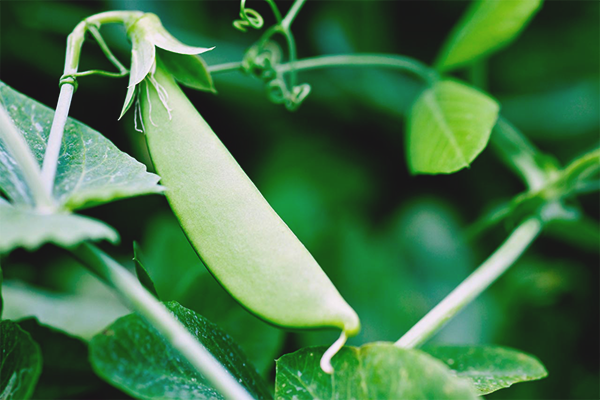
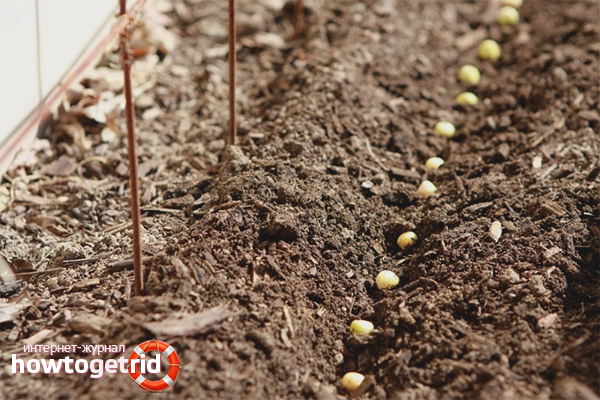

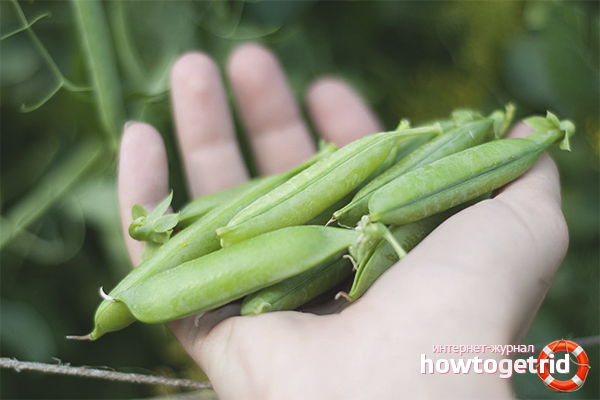

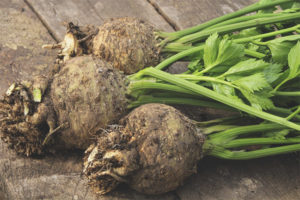
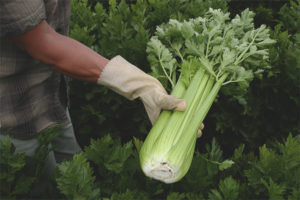

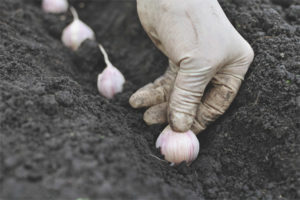
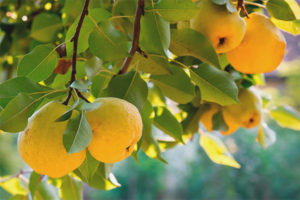
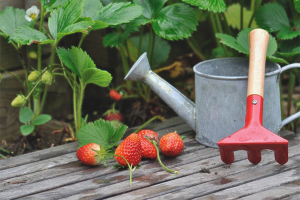

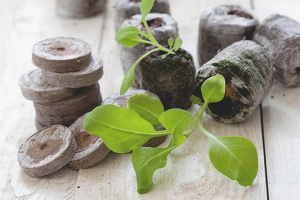
To send